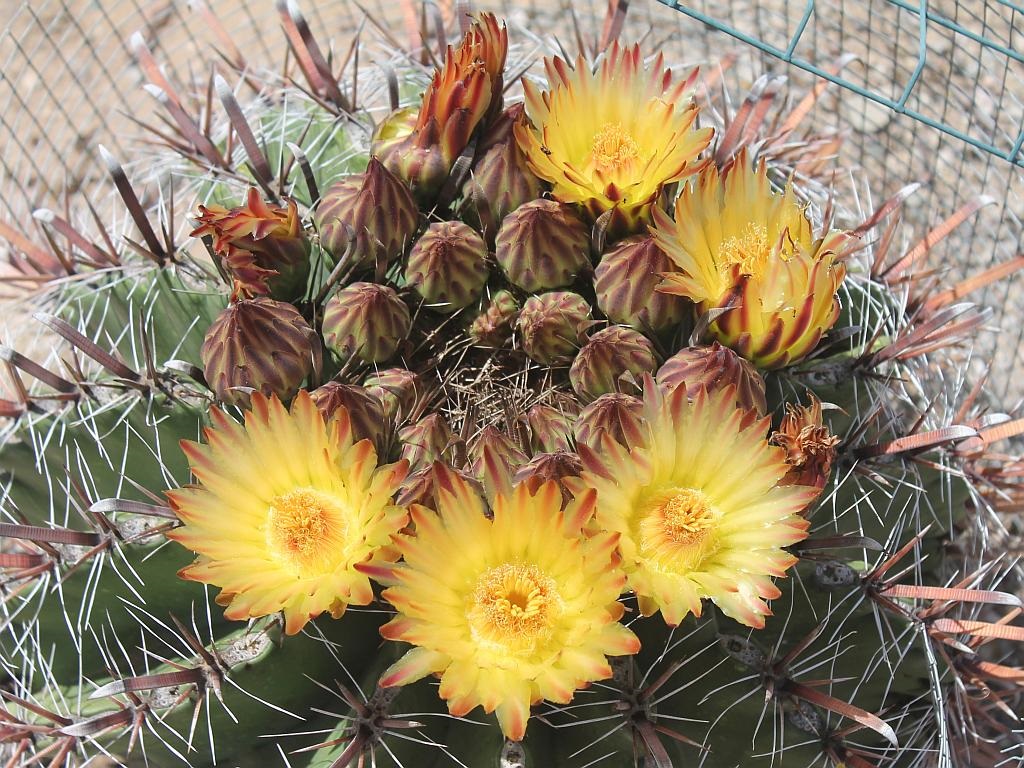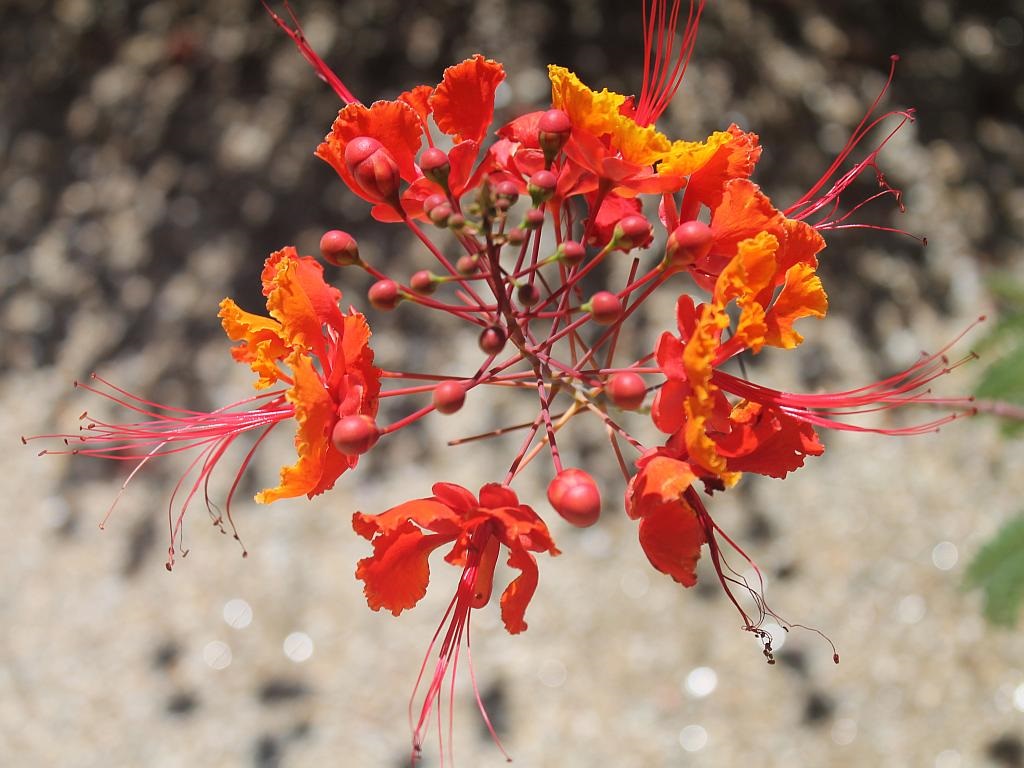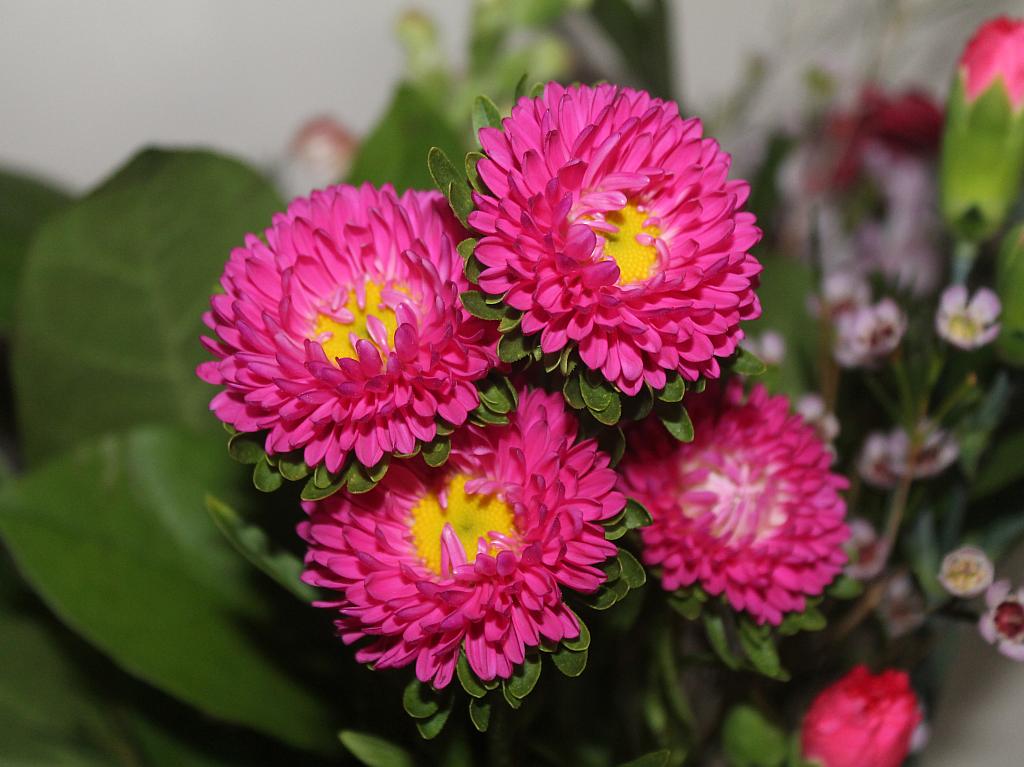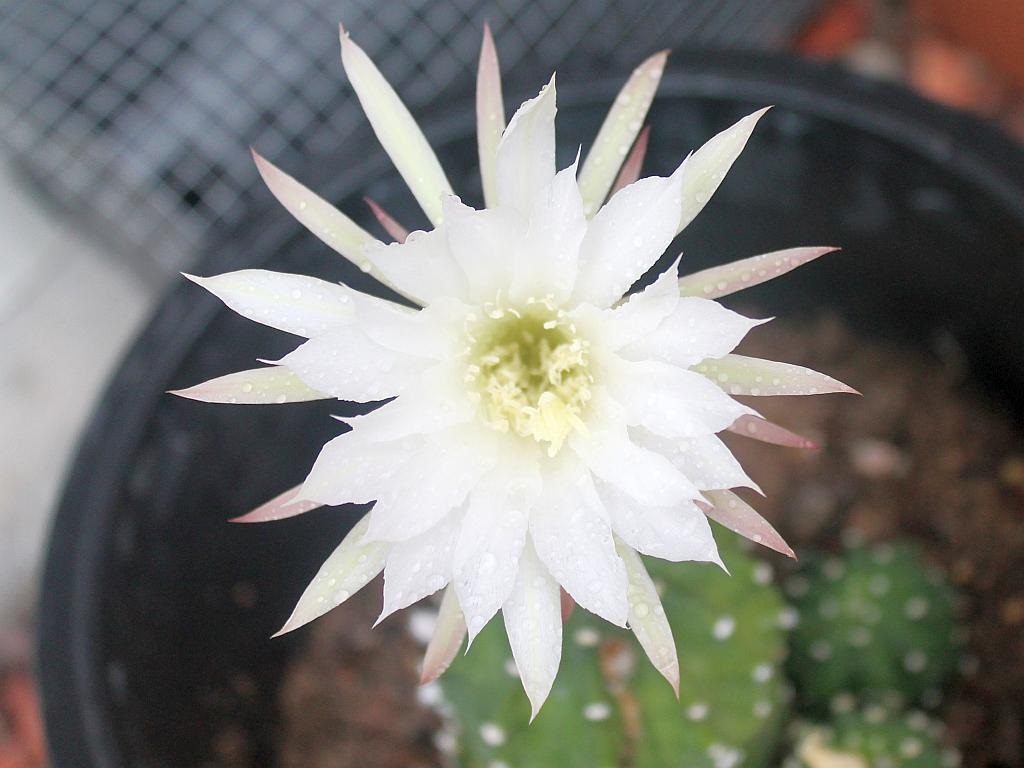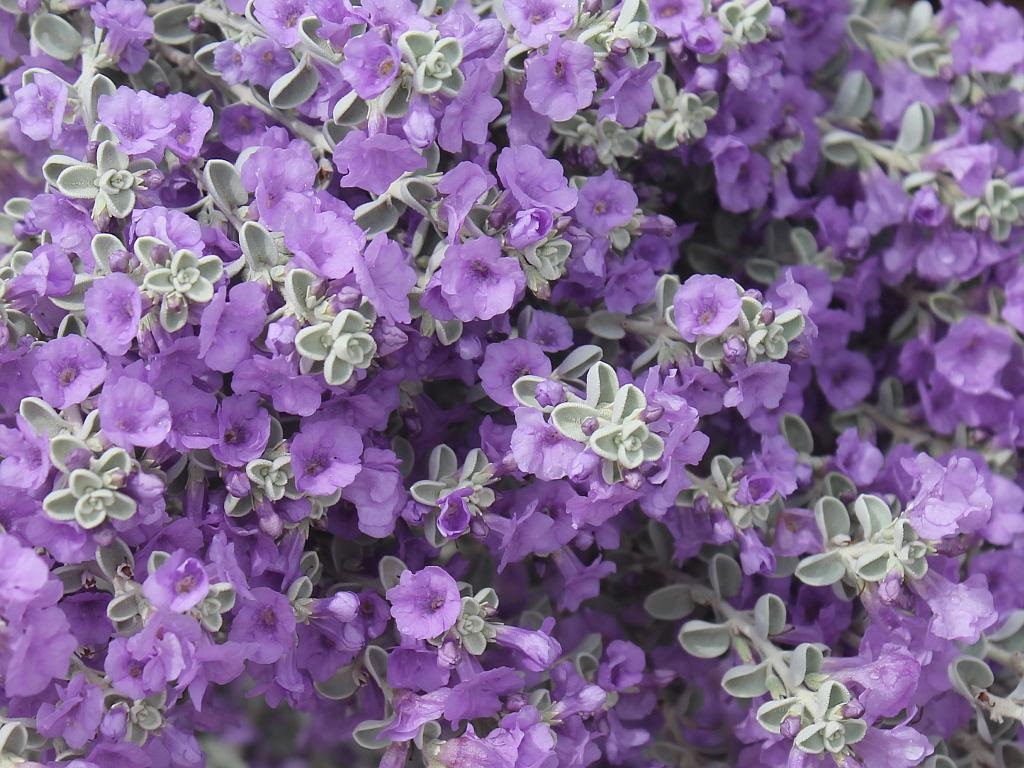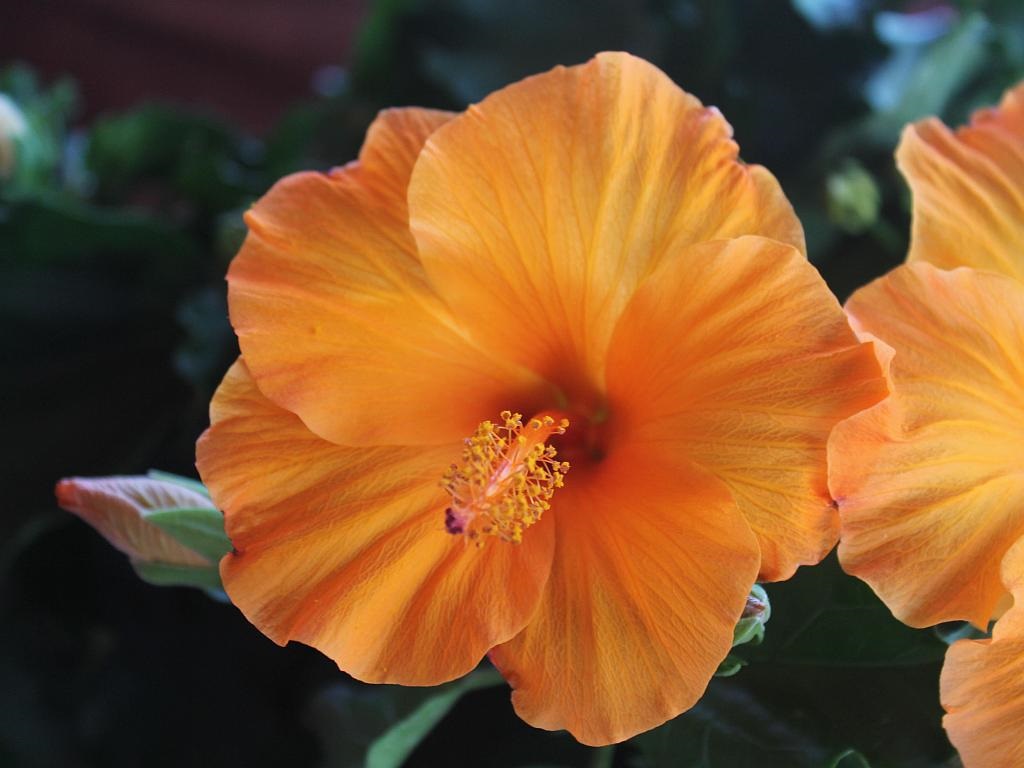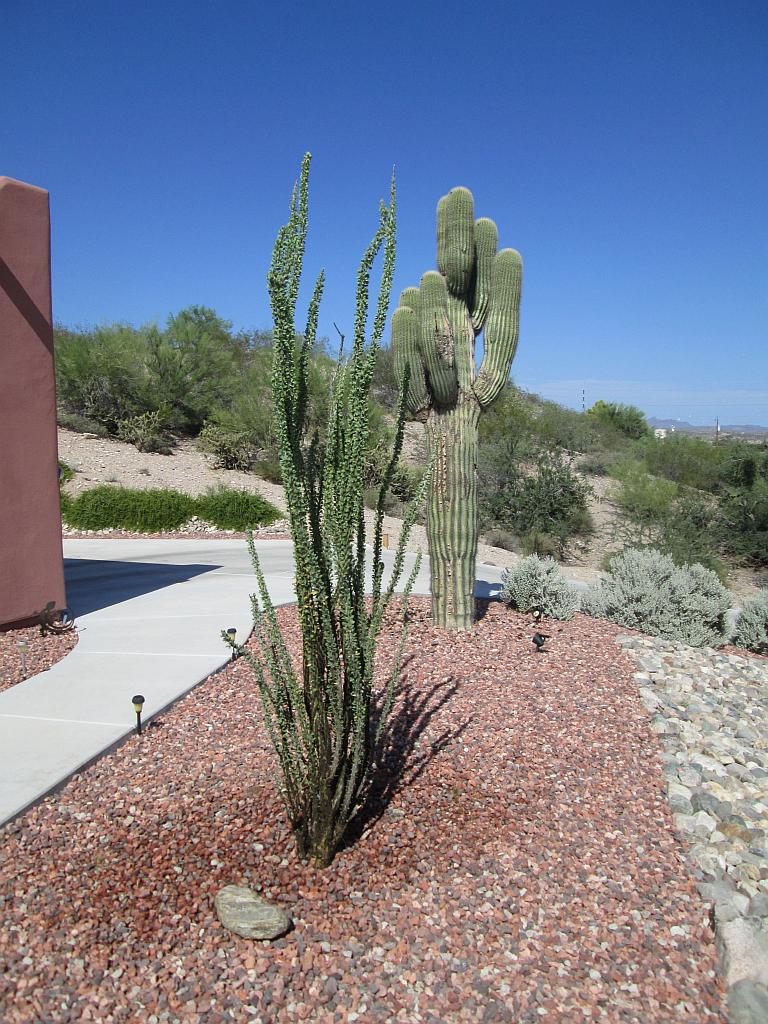As Second Spring approaches the desert, my Devil’s Tongue Barrel Cactus (Ferocactus latispinus) is flowering again. This is the barrel cactus that started out in my California cactus garden and was transplanted to Arizona a little over three years ago. Judging from the number of flower buds, I’d say the cactus likes it here in Wickenburg. Click on the image to enlarge.
From How Stuff Works:
Ferocactus latispinus (devil’s tongue cactus) gets its name from its long, broad, red-colored spines. Another with a flattened, red, central spine is Ferocactus recurvus (devil’s pincushion). These cacti are easy to grow and can get quite large eventually. They like bright light, heavy soil with excellent drainage, house temperatures and good air circulation.
In Mexico, the skin and spines are peeled off and the flesh is diced to be eaten raw or candied. They also provide an emergency source of water in the desert — you slice off the top of the plant, stir the pulp with a stick and drink the sap.

